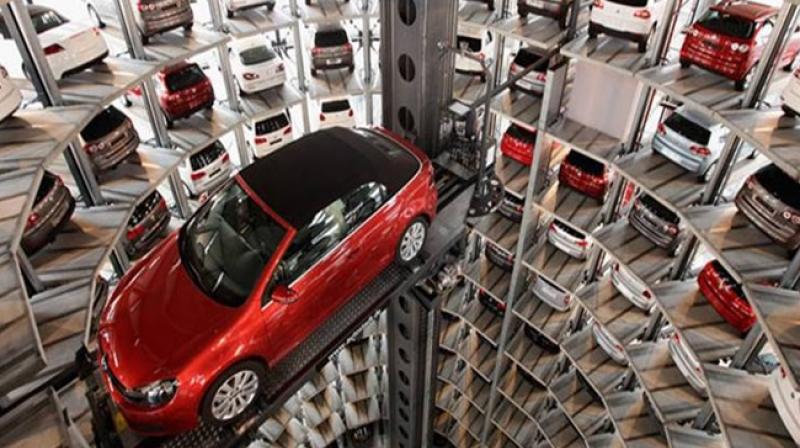Telematics can bring down your car insurance premium by 30 per cent

Mumbai: As motor insurance markets worldwide mature, they tend to progress from asset-based risk coverage, to person-based, to usage-based insurance (UBI) programmes. But Indian motor underwriters will have a unique opportunity to skip a step of market evolution.
The fast advancements in technology and high adoption rates we’re seeing in India, have presented a potential opportunity for Indian motor insurers to take the leap from asset-based insurance (directly) to usage-based insurance.
The Insurance Regulatory and Development Authority of India (IRDAI) has told insurers to look more closely at telematics insurance and it is considering freeing up the regulation, and price tariff, to allow pay-as-you-go or usage-based insurance.
There is now a great opportunity for insurers in India to innovate around some of the lower-cost alternatives to conventional telematics devices – like smartphones with mobile apps, 12V dongles, black boxes, Bluetooth connections and so on.
In case of an accident, telematics alerts can automatically send data to an insurance company immediately after the incident, providing the first notice of loss. By rapidly analyzing data from sensors on brakes, air bags, seat belts and other systems, the insurer can estimate the severity of the accident.
Such alerts help the insurer gain control of claims costs, improve the customer relationship and can trigger appropriate actions (such as calling emergency personnel, an automobile club or towing service, or even sending a replacement vehicle directly to the scene).
The telemetry data, such as speed, impact G-force, vehicle location and direction, can also help the claims handling process and help reduce loss adjustment expenses.
We can also expect to see motor insurers in India introducing the technology to track driver behaviour, and better assess risk through telematics devices, with the goal that more accurate data will help them cut insurance premiums and boost revenue.
For example, the telematics-based car insurance products launched to date in India work through the onboard diagnostics (OBD) connector of the vehicle. They supply driving behaviour and risk data to the insurer.
But the driver also benefits, with new easy ways to opt into add-on services for free, and the ability to request roadside assistance by tapping a button on the app in the event of an accident.
Potential cost saving 30 per cent of insurance premiums One of the large private insurers has stated that a typical safe driver, as determined by its telematics risk algorithm, can save 30 per cent on the normal insurance premium when using its app.
This is also in line with the early stages of usage-based insurance in Europe, the US, Singapore and other markets where brokers and intermediaries have also played a role in growth.
So based on our analysis, with the assumption that 70 per cent of drivers are ‘good’ drivers, by extrapolating the benefits of telematics onto the motor insurance market, there is potentially a massive INR 104 billion or US$1.6 billion saving on annual insurance premiums for consumers.
This is of course, when drivers take full advantage of the discounts available by using telematics systems and are willing to comply with the safer driving or mileage requirements of particular products.
In addition to the savings in Insurance cost, insurers have the benefit of operating in a less risky environment with the ability to price safer drivers optimally and higher risk drivers more appropriately.
Technology will offer many opportunities to attract new customers, to coach their driving style and price them more effectively. It is going to be become an important competitive differentiator, once the benefits are more widely understood by consumers.
Writer Vijay Kumar is Director, Motor Insurance LexisNexis Risk Solutions, India

